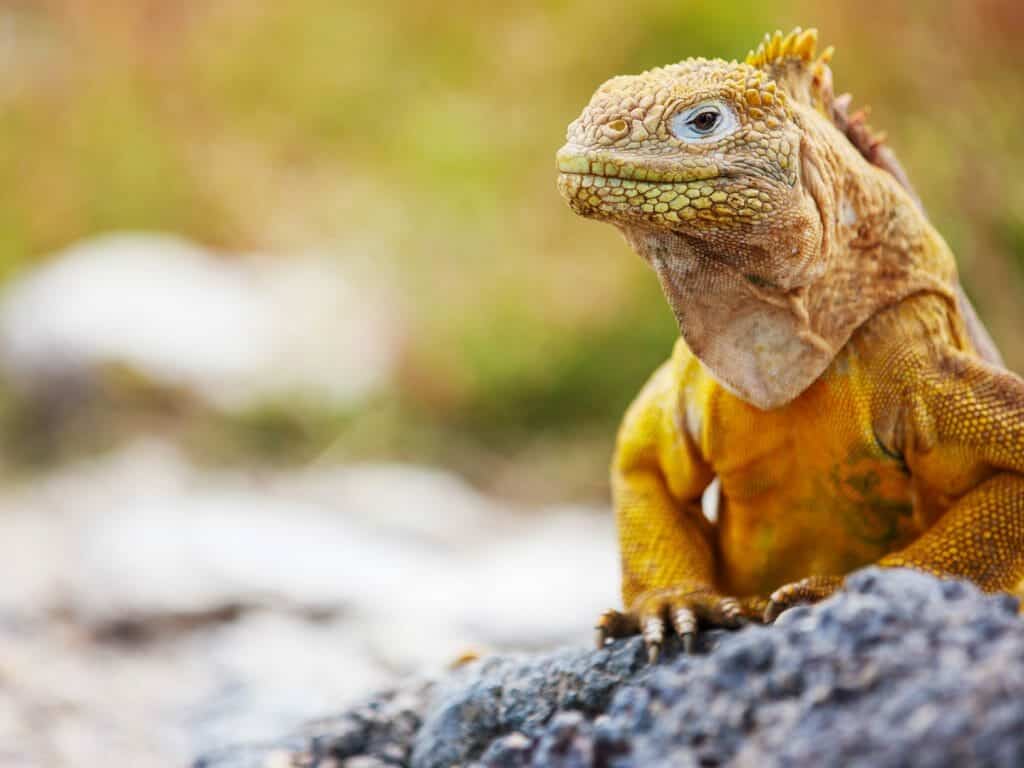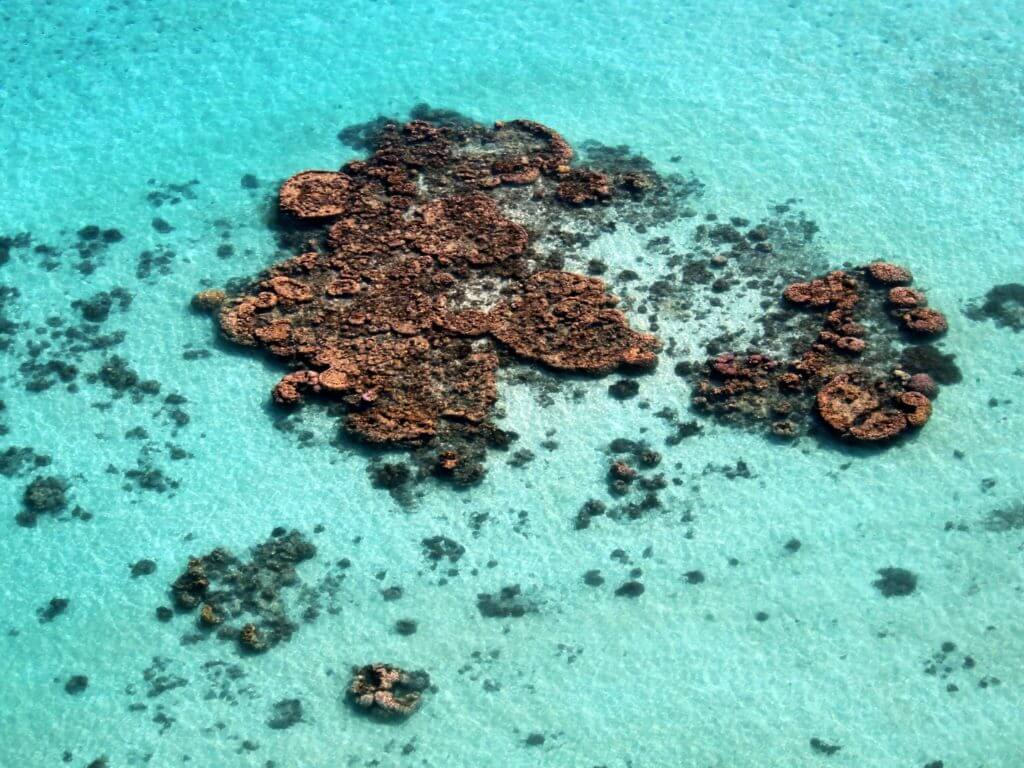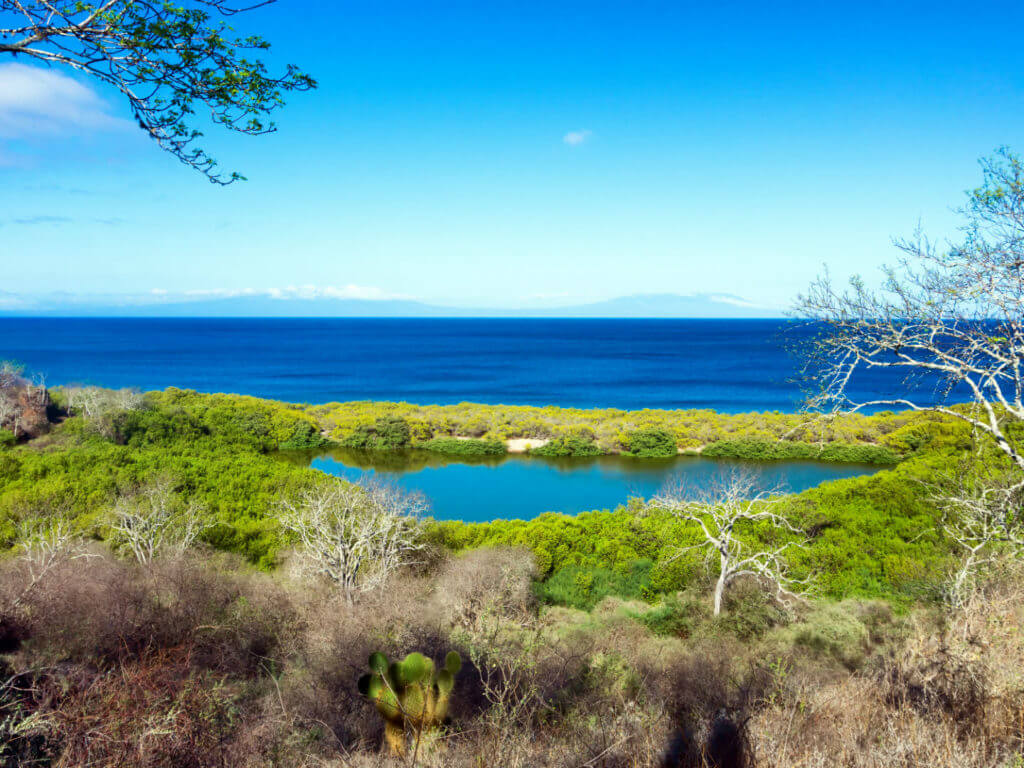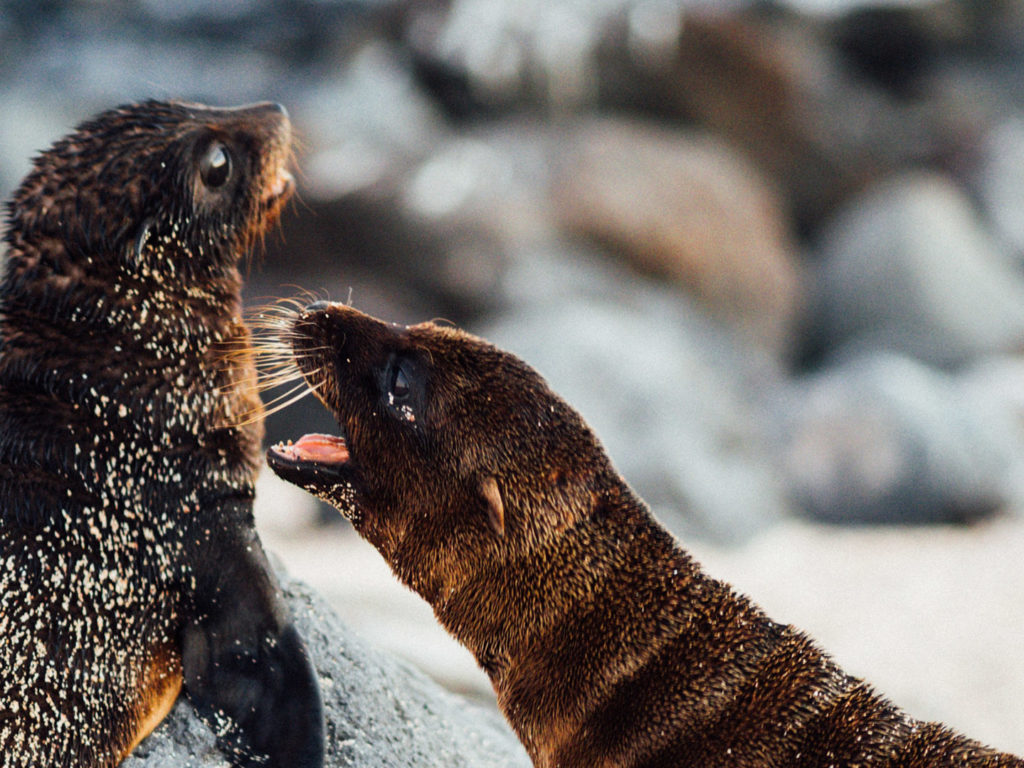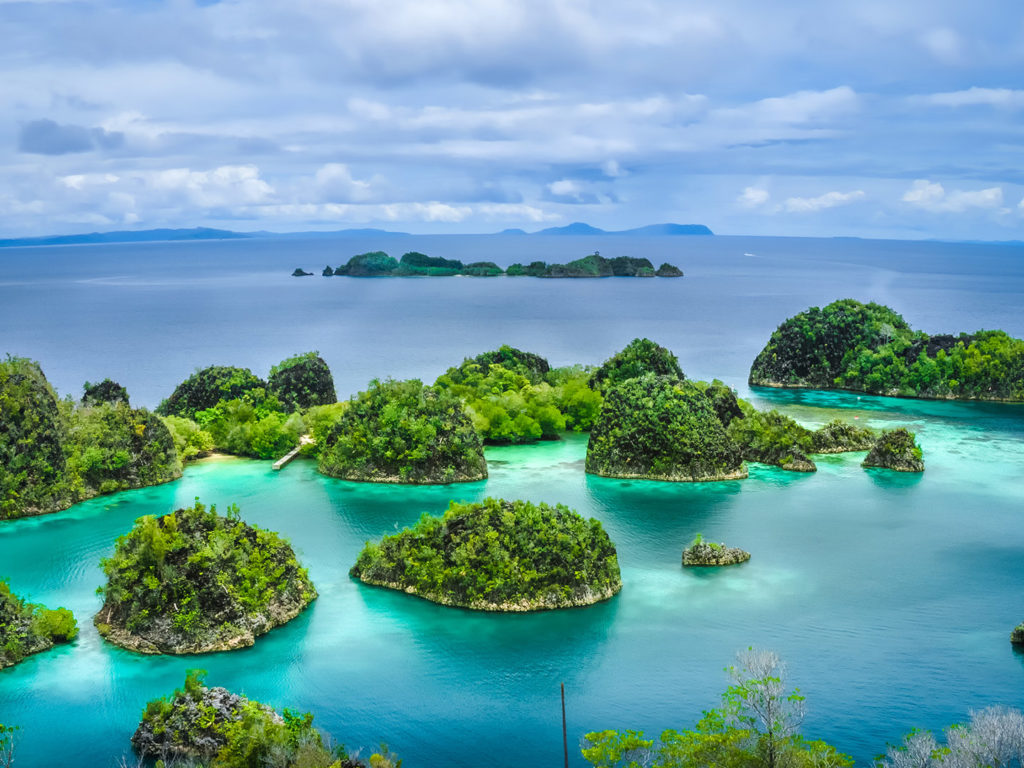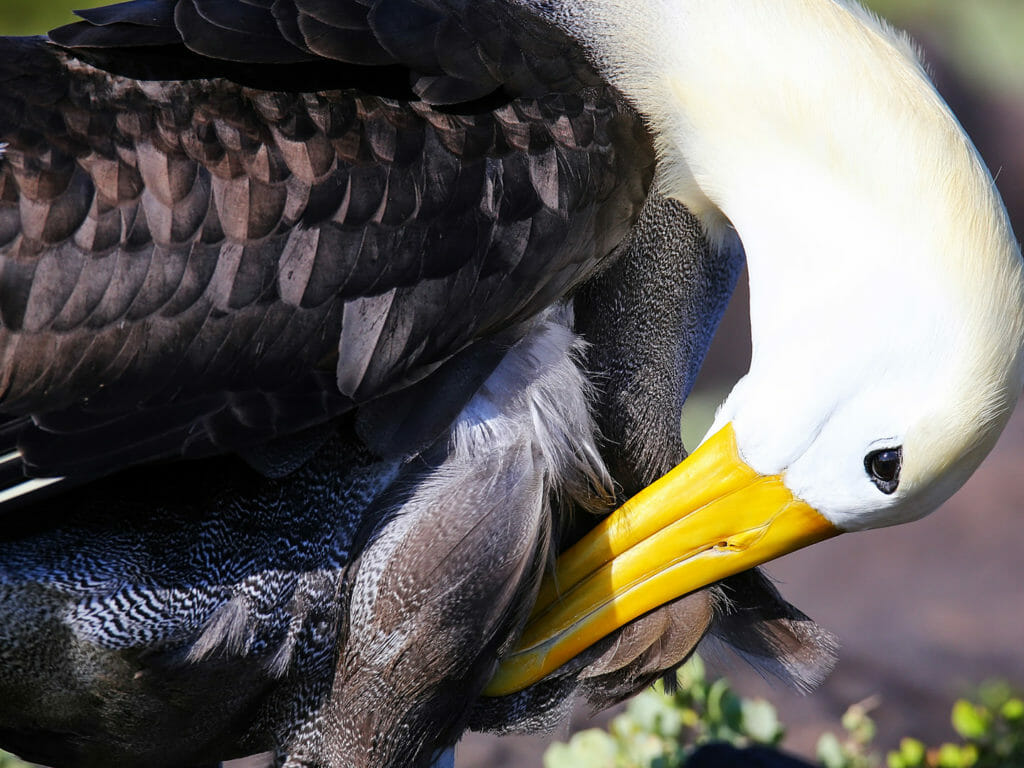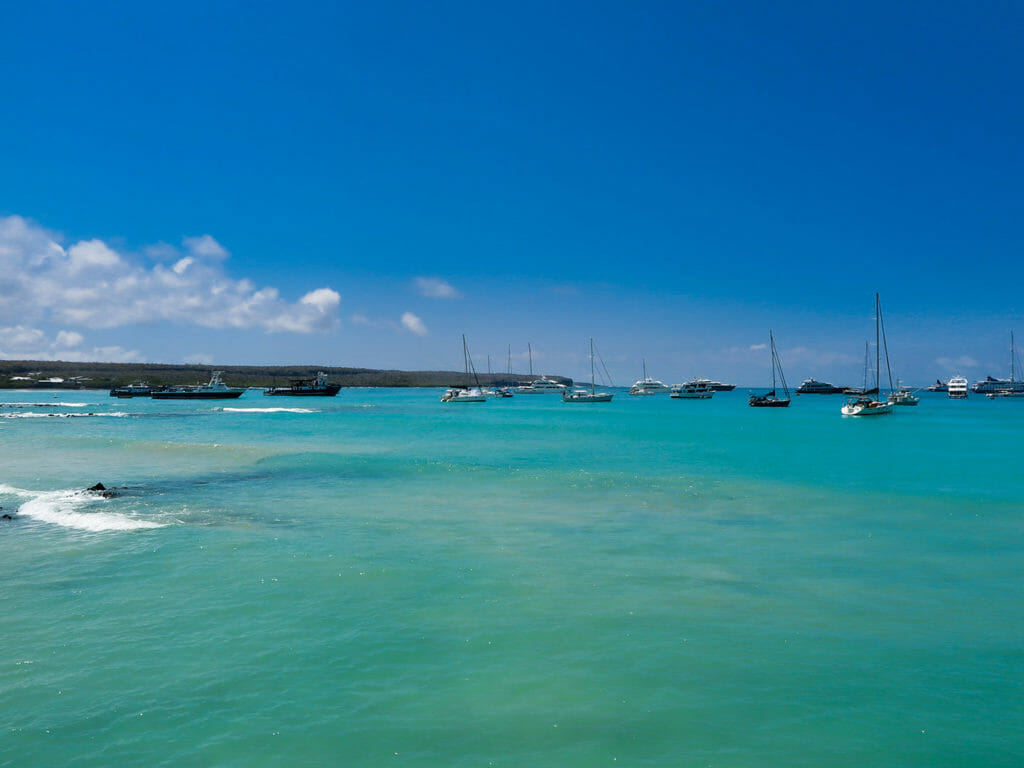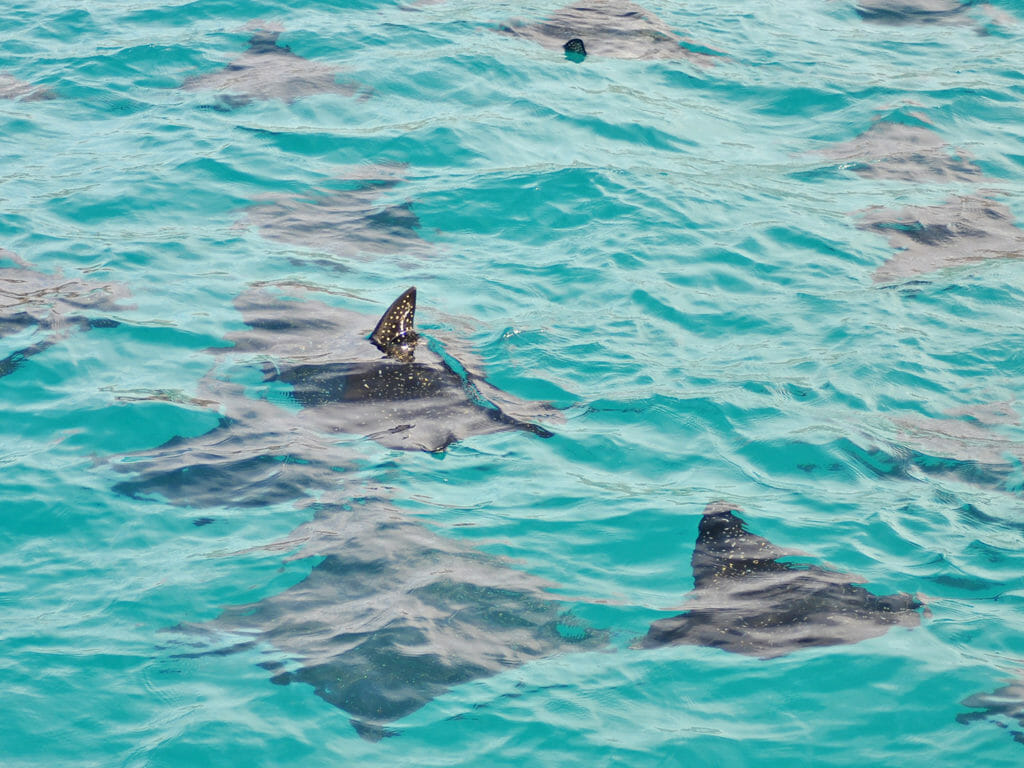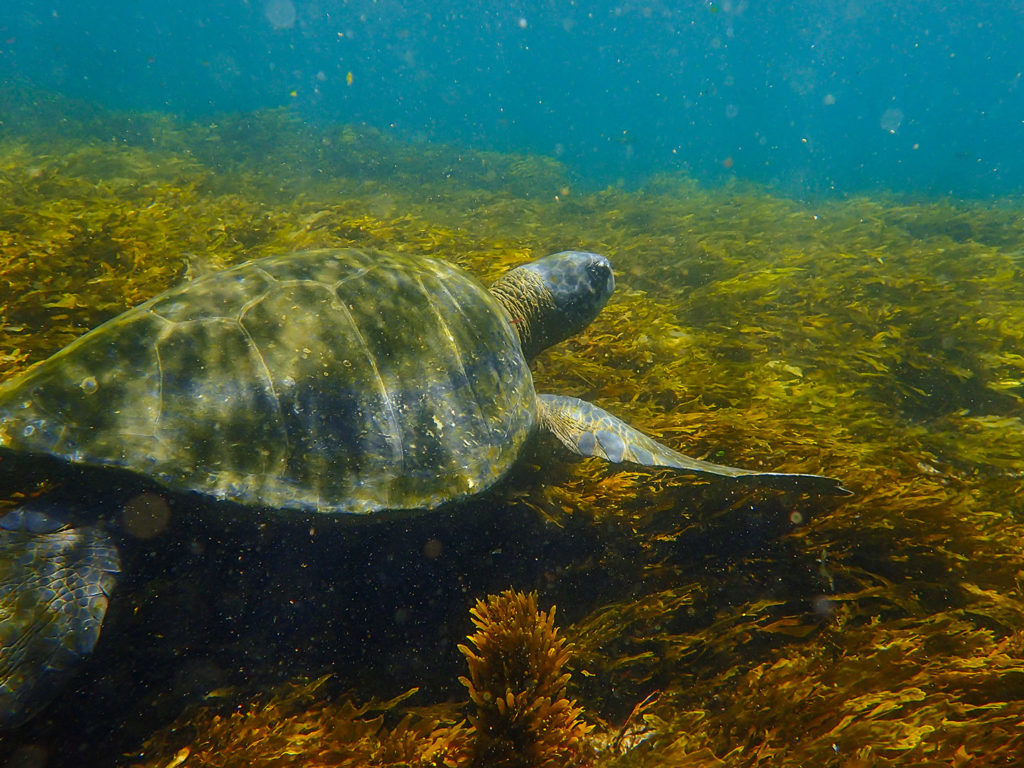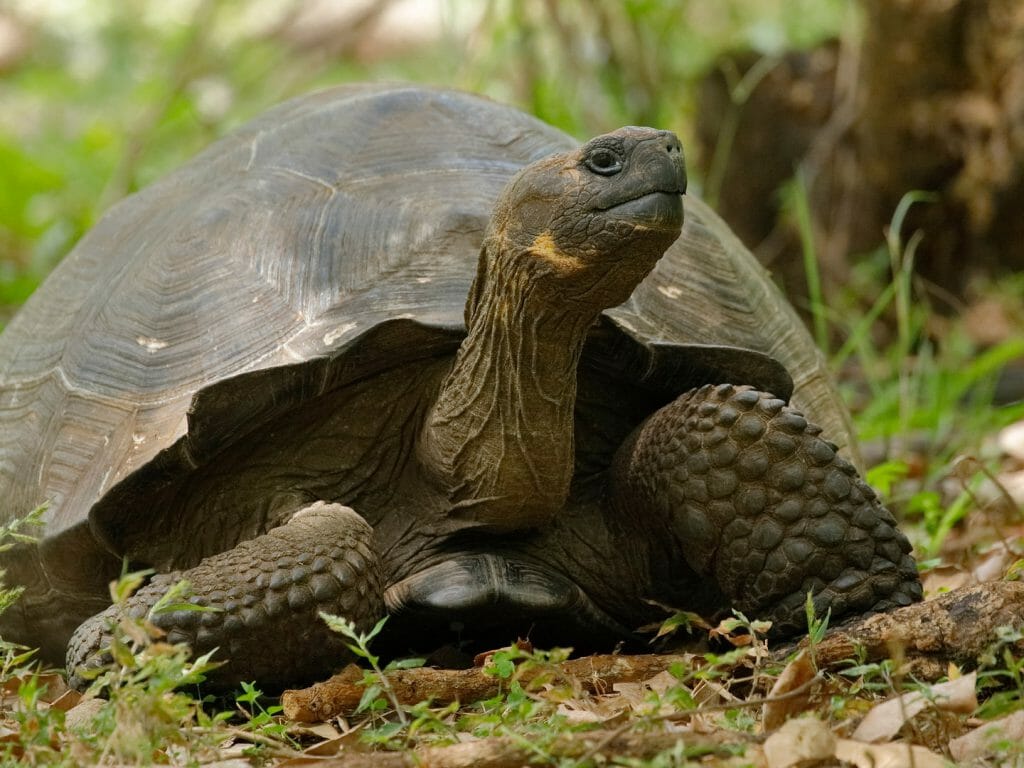No glossy travel brochure, no TV documentary, not even the fulsome description of friends’ visits, can prepare you for the extraordinary and emotional experience of the Galapagos Islands.
The uniqueness and drama of the animal and plant species, and our accessibility to them is the differentiator from any other experience, including safaris. The fact that man is not (now) a predator to these bizarre and colourful creatures, means that we can walk among them without them shying away, keeping only a deferential “personal space” between us and them. And I use the word “deferential” purposely, because the Galapagos Islands instil a sense of open-mouthed wonder of being somewhere very special and important on our planet.
Just about everyone knows of the good fortune that Charles Darwin visited the Galapagos Islands, putting both on the map, so to speak, This happy encounter advanced mankind’s understanding of our world, albeit at the expense of the creationist doctrines of the Church. While we may now have a better comprehension of the origin of species everywhere, we must surely pay closer attention to the alarming peril of extinction of hundreds of species of animals and plants globally. Many of these endangered species are unique to the Galapagos only 12,000 or so pairs of waved albatross, and precariously small populations of Galapagos Penguin, Galapagos Petrel, Galapagos Fur Seal, Galapagos Sea Lion, Marine Iguana, Land Iguana, Leatherback Turtle, and the Flightless Cormorant. The Giant Tortoise, famed for the recent extinction of the Pinta Island sub-species with the death of its one survivor, Lonesome George, is also native to the Seychelles and so not endemic. These animals can survive without food or water for six months or more through fat deposits and a water bladder next to the lungs, and this made them targets for the whaling ships of yesteryear for live meat on extended voyages. The species is still threatened, and successful breeding programmes for the Giant Tortoise and Land Iguana, among others, are recovering the population to an upward trend.
These Islands may appear idyllic and abundant with wildlife, but the environment is extremely hostile. Ironically, this hostility has emphasised natural selection in progress across the many isolated and environmentally different Islands, with many intermediate sub-species dying off in the harsh conditions, leaving the now unrelated extremes of new species.
The Galapagos Islands are 500 miles west of the coast of Ecuador, above a volcanic hot-spot which continually forms new Islands to the west, as the whole archipelago drifts with the tectonic plates 7cm per annum to the east. Apart from this fiery creation, what makes the flora and fauna unique is the location of the Islands at the confluence of three deep-water ocean currents: the Cromwell Current from Asia eastwards towards South America, the South Equatorial Current from South America westwards towards Asia, and the Humboldt Current from the Antarctic northwards up the west coast of South America. This tenuous balance of temperatures that gives the Islands a climate to encourage their flora and fauna, can be destroyed by that unfortunate misnomer, El Niño, the Christ-Child. This warm water system from Central America periodically exerts itself to increase the water temperatures around the Islands. Together with other factors, the indications are that 2014-15 could be the most destructive El Niño year of our lifetime, and the potential is there for the archipelago ocean temperatures to rise higher than 80 degrees F. The dying-off of marine plants, plankton, and coral at these temperatures devastates the food of many species. If this is a bad El Niño year, 60%-80% of sea-lions, seals, and marine iguanas could be wiped out in a single year.
Our ship was the M.V. Eclipse, an explorer ship turned very successfully to the cruise market with 24 cabins and a crew and team of naturalist guides of the highest professional standard. They also knew how to have fun! This was a very efficiently-run operation, with Panga boats (RIBS) scuttling back and forth to the Islands for wet-landings, dry-landings, and deep-water snorkel dives with twelve passengers and a guide each. The 7-day cruise took us to Santa Fe, San Cristobal, Floreana, Isabela, Santa Cruz, and Espanola among others, with a couple of landings and dives on each of these very different volcanic Islands.
We were fortunate to have the naturalist, geologist, and photographer, Jonathan Green, on our cruise as a guide and photography coach. A charming and inspirational man with a very constructive and encouraging manner with our snap-happy crowd. If my photographs have improved over my last travelogue, you know who to credit! I have quite a few photos to sort through (think a couple of thousand!) which I will whittle down to a few dozen that I can share with you all later. In the meantime, I am whetting your appetites in this travelogue with a few photos representing this extraordinary fauna.
Jonathan is a leading member of the Galapagos Whale-Shark Project, which is tagging these peaceful, threatened, 17 metre giants to learn more of their life-cycle and devise ways to protect them. Current sightings around the north of the Galapagos archipelago comprise over 99% females and may seem to indicate that they journey there to give birth. Their journey around the world is an enigma, with tracking suggesting a route that follows the junction of the tectonic plates, before an unexplained disappearance of the majority off the coast of Peru with their satellite tracking devices attachment cables severed.
These awesome creatures need our protection, but the Galapagos Whale-Shark Project is so seriously under-funded that it cannot even afford to host an all important informational website. Many of the naturalists and scientists like Jonathan end up working for part-pay just to keep the research going. The satellite-tracking devices which cost several thousand dollars each for an all-in cost of equipment, tagging dives, satellite rental time and so on. Please take a look at this article by Jonathan from the Huffington Post and, if you feel moved to do so, I encourage you to consider a donation to this important project at www.whalesharkappeal.co.uk. Whatever the amount, it will make a huge difference in this all important potential El Niño year when there is the opportunity to gather significant new data.
A client’s perspective following a holiday to the Galapagos Islands with Steppes Travel.
Written by Robin Barrett.


